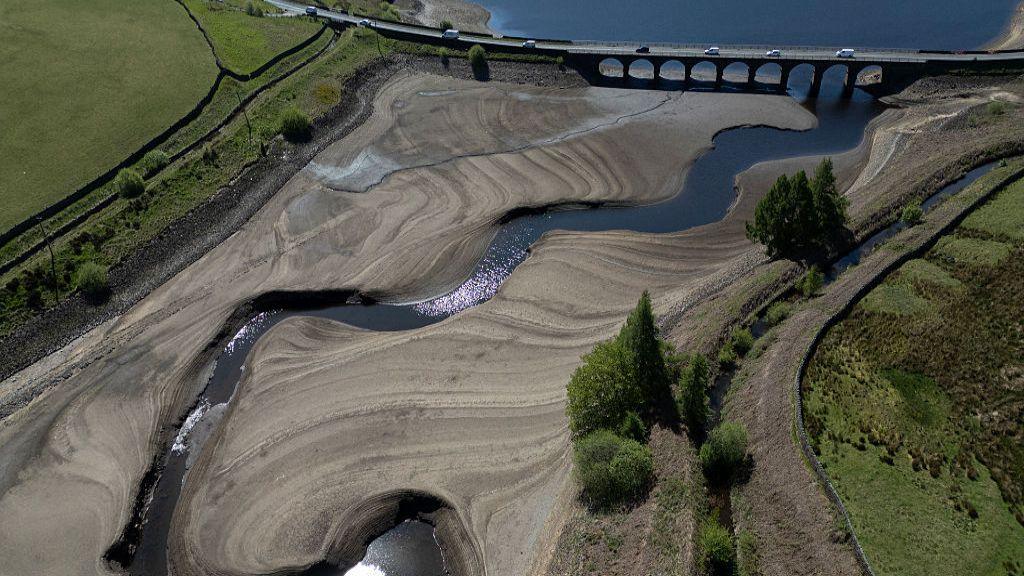What does a drought mean for Yorkshire?
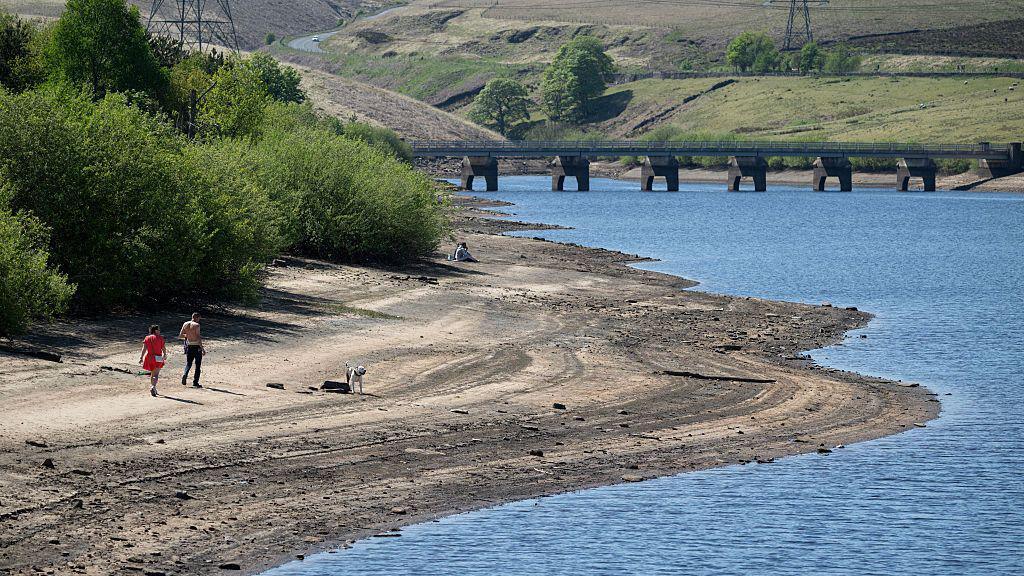
Water levels had visibly declined at Baitings Reservoir, near Ripponden, in May
- Published
A drought has officially been declared for Yorkshire after the driest start to a year in 96 years. But what does that mean for people living and working in the region?
During a drought, which is announced by the Environment Agency, water companies are required to put their drought plan into action.
This can mean customers being asked to reduce their water usage and, if that is ineffective, hosepipe bans could follow.
The move to drought status does not automatically trigger action, but allows the Environment Agency and water firms to increase efforts to manage the impact.
It is the first time a drought has been officially declared in Yorkshire since 2022, and comes just weeks after a drought was confirmed across the north west of England.
Yorkshire Water, which provides water to about five million people, said reservoir levels were 62.3% - significantly lower than the average for this time of year (85.5%).
However, a spokesperson said the reduction in reservoir levels had slowed due to recent rainfall.
According to the Department for Food, Environment and Rural Affairs, north east and north west England have not experienced such a dry period between January and April since 1929.
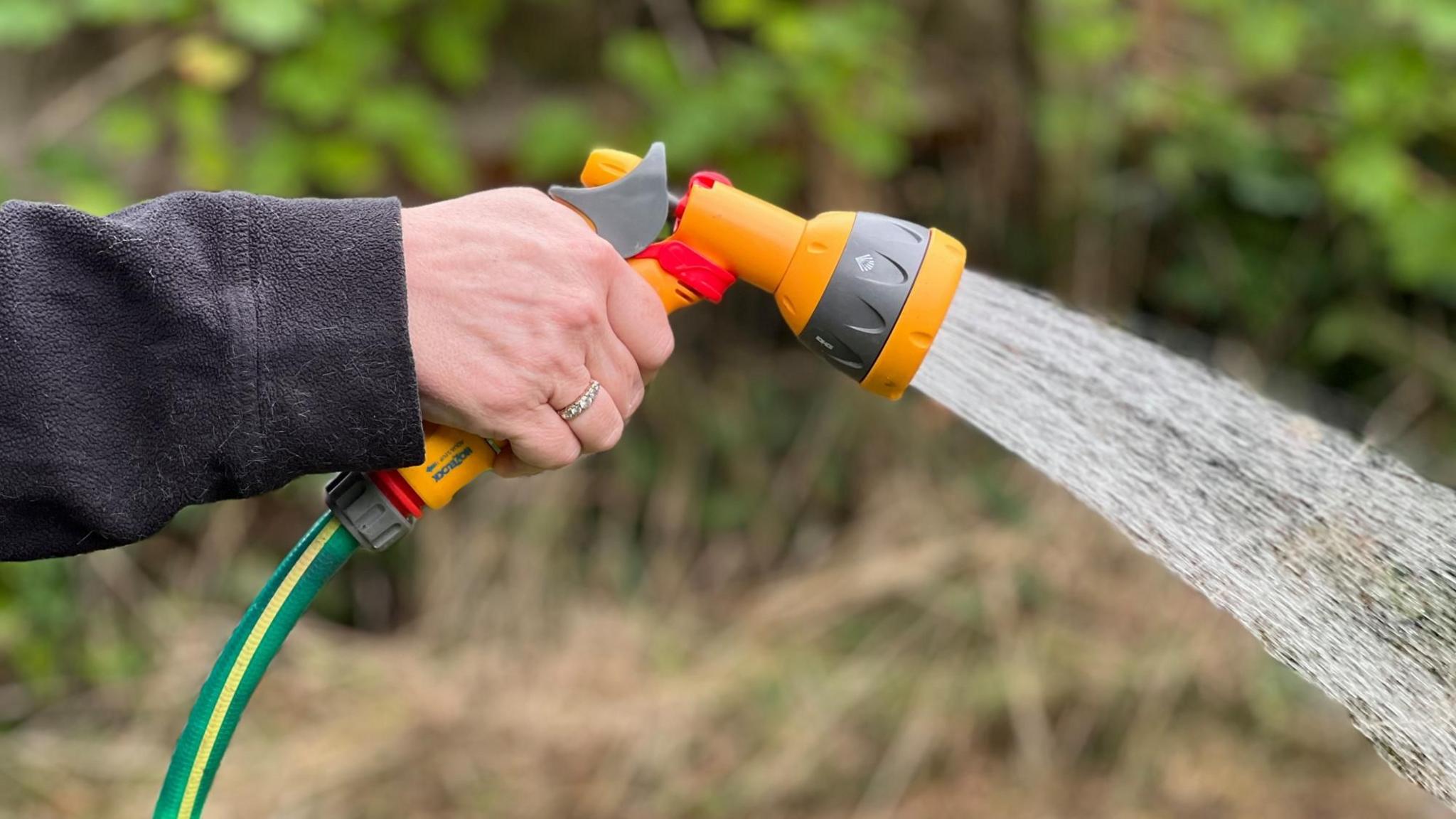
Formal hosepipe and sprinkler bans could be brought in as part of drought status in Yorkshire
Yorkshire Water's drought plan, external – which follows guidelines set by the Environment Agency – includes the possible introduction of measures such as:
Voluntary water usage restrictions
Formal hosepipe and sprinkler bans
Reducing leakage from Yorkshire Water systems
Optimising the company's supply network by balancing reservoir stocks and recommissioning unused water sources
According to Yorkshire Water's plan, it could restrict water use for vehicle washing, watering parks and gardens and washing buildings.
However, customers would be asked to volunteer to reduce their usage before a hosepipe ban was put in place, according to the firm.
If the voluntary restrictions did not work and the drought worsened or continued, formal restrictions on water use could be brought into force.
Water firms are also expected to release more regular information on stocks during an official drought.
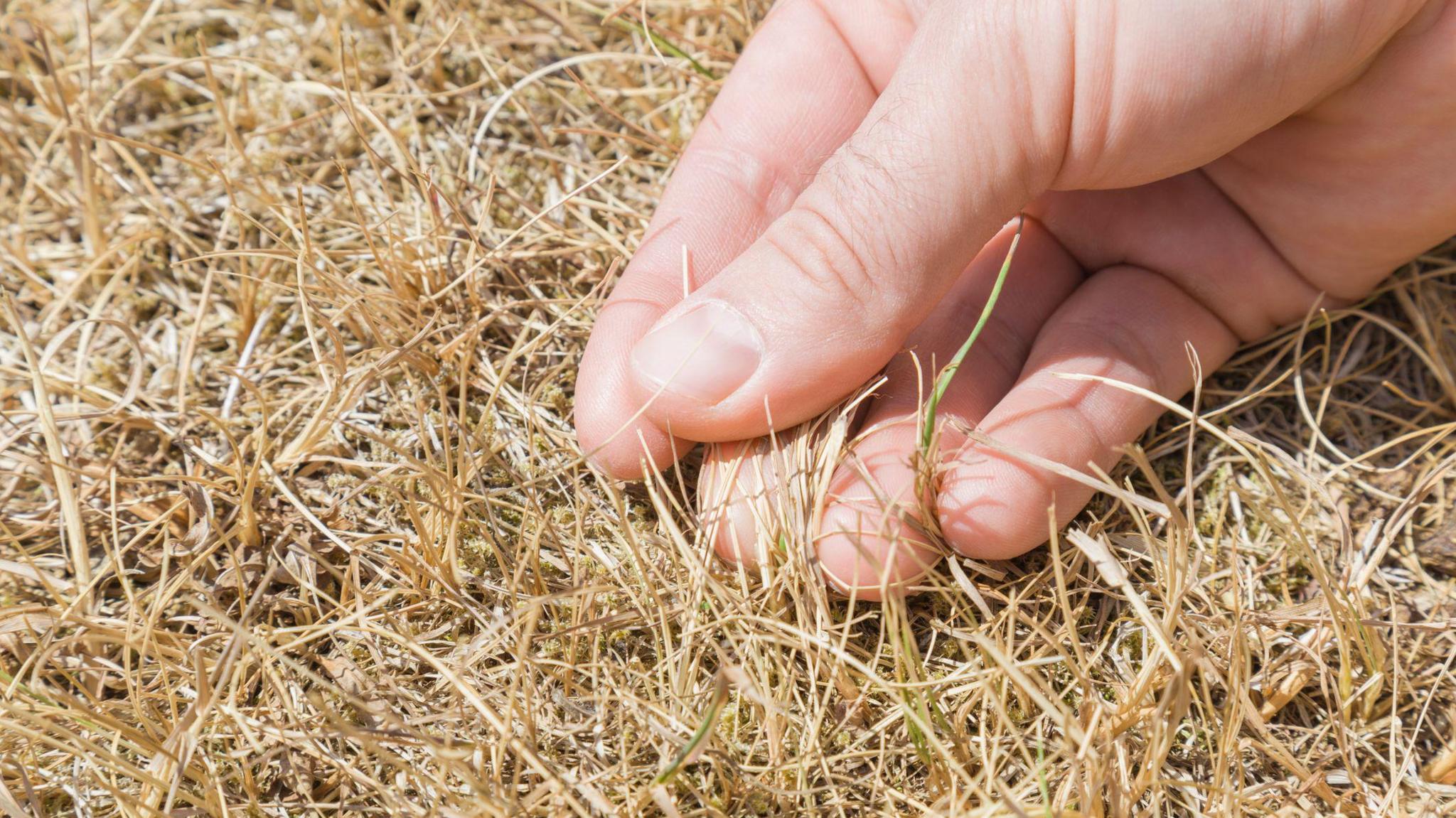
In 2022, the last time a drought was declared in Yorkshire, people were asked not to water their lawns and to let them go brown
Yorkshire Water last implemented its drought plan in summer 2022, with a hosepipe ban that lasted from August until December that year.
During the 2022 drought, the company recommended customers take measures such as singing a four-minute song while showering to reduce usage, only cleaning car mirrors, windows and lights, and leaving lawns to go brown.
In May, Dave Kaye, the firm's director of water, said a hosepipe ban was a possibility this year.
He warned that water stocks in Yorkshire were "in a worse situation" than in 2022, when there were three heatwaves over the course of the summer.
According to the company, a drought order would be lifted when the region's water resources returned to levels where normal operations could resume.
But it has said that could take some time and measures might last well beyond any return to normal rainfall patterns.
Get in touch
Tell us which stories we should cover in Yorkshire
Listen to highlights from West Yorkshire on BBC Sounds, catch up with the latest episode of Look North.
Related topics
- Published29 May

- Published30 May
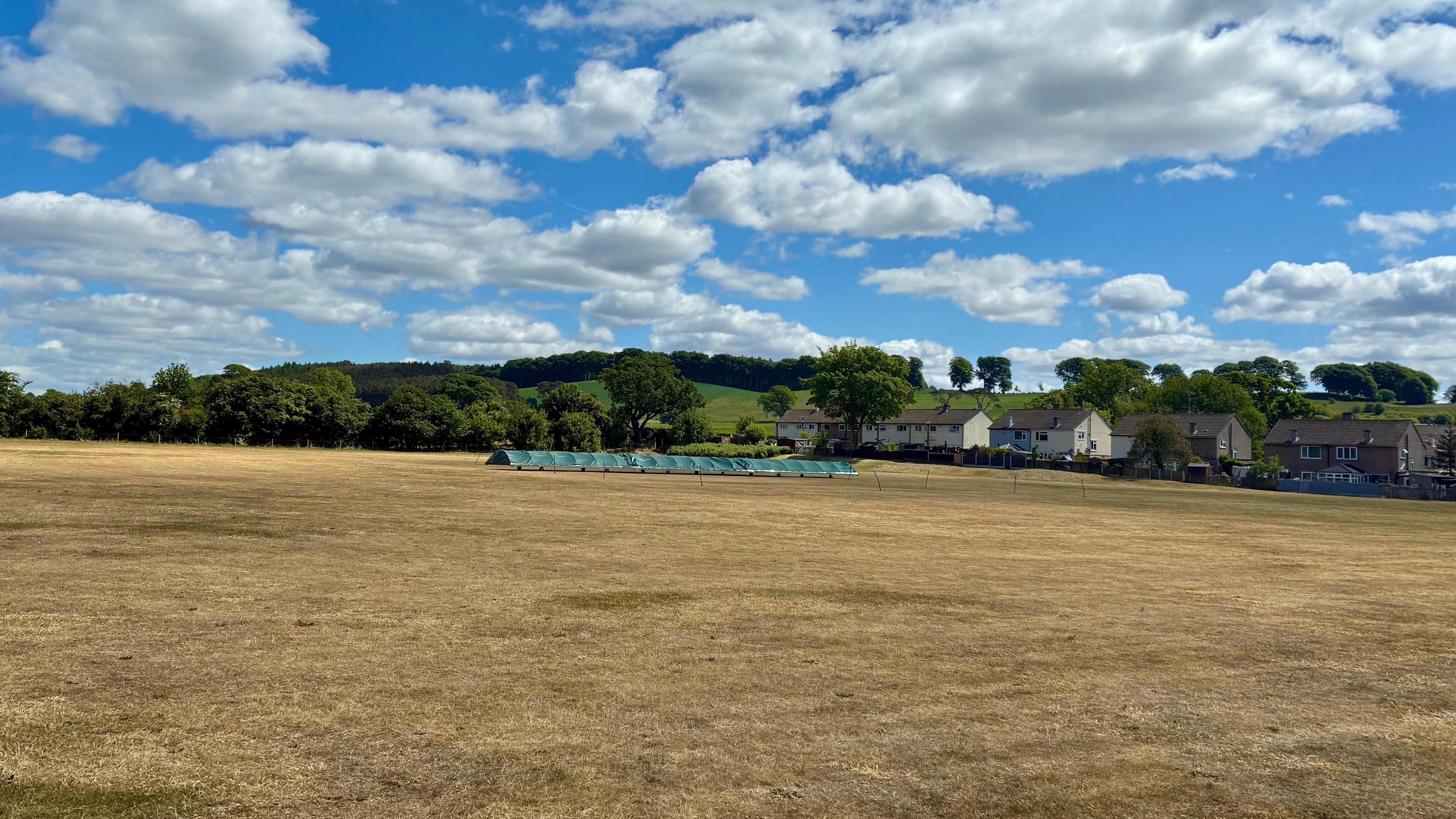
- Published28 May
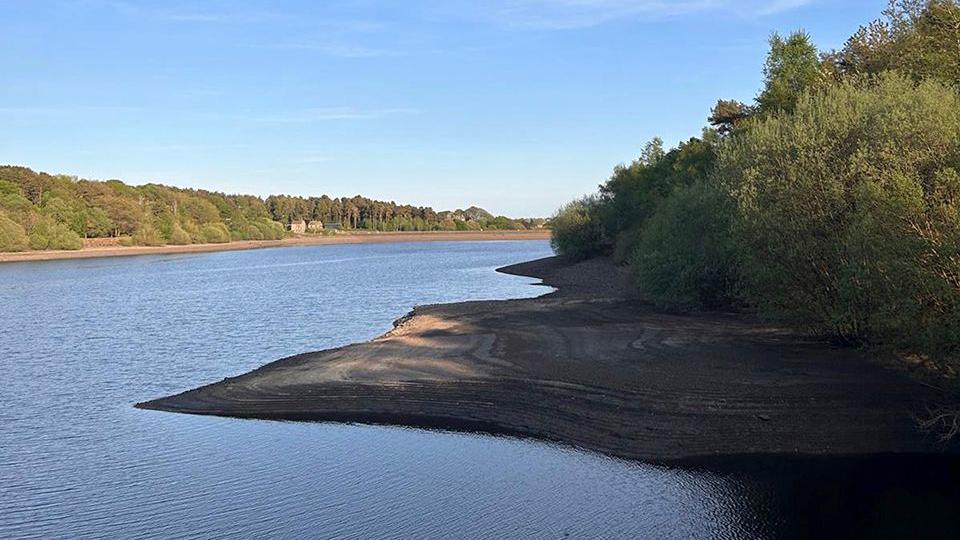
- Published15 May

- Published4 June

